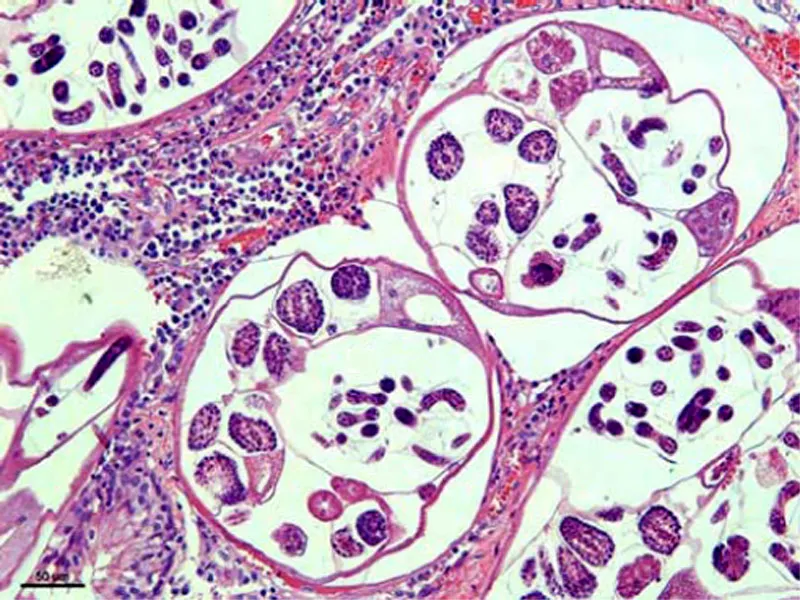Antioxidant Potential of Ocimum sanctum in Arsenic Induced Nervous Tissue Damage
DOI:
https://doi.org/10.24070/bjvp.1983-0246.006016Keywords:
Ocimum sanctum, sodium arsenite, oxidative stress, antioxidant, brainAbstract
The present study aimed to assess the antioxidant potential of hydro-alcoholic extract of Ocimum sanctum leaves (HAEO) in Wistar rats intoxicated with arsenic. The experimental animals (n=75) were divided randomly into five groups of 15 rats each. Rats in group I received distilled water, whereas rats in groups II, III, IV and V received arsenic as sodium arsenate salt @ 25 ppm in drinking water daily for 45 days. In addition, rats from groups III, IV and V received HAEO @ 50, 100 and 200 mg/ kg body weight, respectively, once daily for a period of 45 days. Rats of group I and II acted as negative and positive controls, respectively. At the end of the experiment, all rats were sacrificed; blood and tissues were assayed for various biochemical indicators of oxidative stress. Cytopathological changes in brain and spinal cord tissues were studied in arsenic intoxicated animals. The free radical scavenging and intracellular antioxidant activities of HAEO were determined from its radical scavenging ability and antioxidant power assay. HAEO was found to inhibit lipid peroxidation in brain tissue in a dose dependent manner. Administration of HAEO @ 100 mg/kg body weight was found to be more effective in restoring action on discrete regions of the brain than dose rate of 50 and 200 mg. Non-significant effect of HAEO on blood and tissue arsenic concentrations was observed except some moderate depletion of blood arsenic concentrations. Mild to severe necrosis and degenerative changes were observed in brain tissues of arsenic intoxicated animals. It is concluded that administration of HAEO could provide specific protection from oxidative injury in arsenic intoxicated rats by accelerating the recovery of antioxidant enzymes to normal levels but it did not have protective effect on brain cellular structures. The proposed mechanism for this protection is the free radical scavenging ability of Ocimum sanctum plant leaves.


